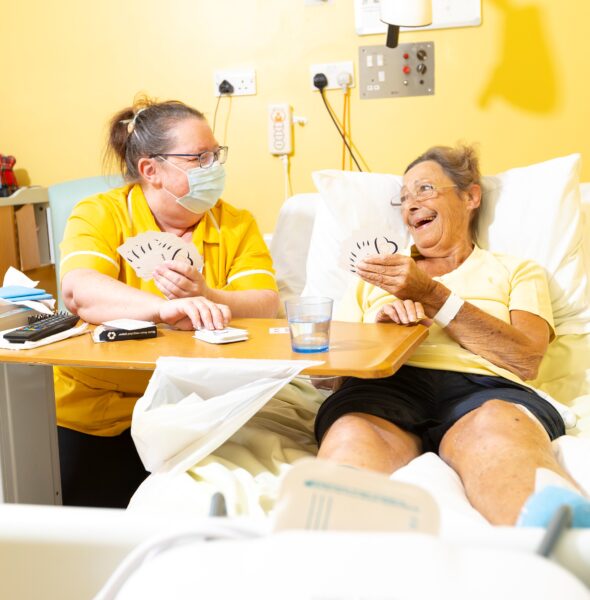A fence or an ambulance?
There’s a very famous poem, written in 1895 by Joseph Malins called, ‘A fence or an ambulance’. If you don’t know it you can read the whole thing for yourself here, but if you don’t have time, here’s just the first verse:
Twas a dangerous cliff, as they freely confessed,
though to walk near its crest was so pleasant;
but over its terrible edge there had slipped
a duke and full many a peasant.
So the people said something would have to be done,
but their projects did not at all tally;
some said, 'Put a fence 'round the edge of the cliff,'
some, 'An ambulance down in the valley'.'
The point of course is that it’s far less expensive, and indeed kinder, to stop people from falling over a cliff than it is to pick them up at the bottom and treat them for their injuries.
We all have a role to understand how our services can and are contributing to reducing health inequalities now and in the future. It is not an easy task.
Some of the statistics are stark. For example, women with learning disabilities have an average life expectancy at birth of just 67 years; 17 years younger than women in the general population. Men with learning disabilities have a life expectancy 14 years younger than men in the general population. And there’s an 18-year life expectancy difference between someone living in Thanet, compared to someone living in Tunbridge Wells.
Some of our community hospitals were built at a time when people became sick, you tucked them up in bed and would leave them for days, sometimes weeks on end. Now we know that’s not the right approach at all and probably the most harmful thing you can do. Investment in intermediate care, when people first come out of hospital, to prevent readmissions and a focus on rehabilitation can and will reap rewards in the longer term, as will tackling behavioural issues, such as smoking and childhood obesity though our public health services.
We all have a role to play in the system and we all need to get behind the prevention agenda and also get creative. Let’s actively involve the voluntary sector in co-designing and delivering our services as they have so much to offer, and if we don’t do enough preventative work, we will just create a sicker and sicker nation.
Finally, let’s talk up our NHS. The health care workers of the future can hear our conversations, so let’s focus on the positives and inspired tomorrow’s clinicians who will be there to look after all of us when we need it. Let’s work as a system to make sure our local colleges and universities are offering those opportunities for young people to study what they're interested in while we continue to open up pathways through apprenticeship programmes.
The one thing that unites us all is the willingness to do what’s right for our patients.
Let’s build the fence.






